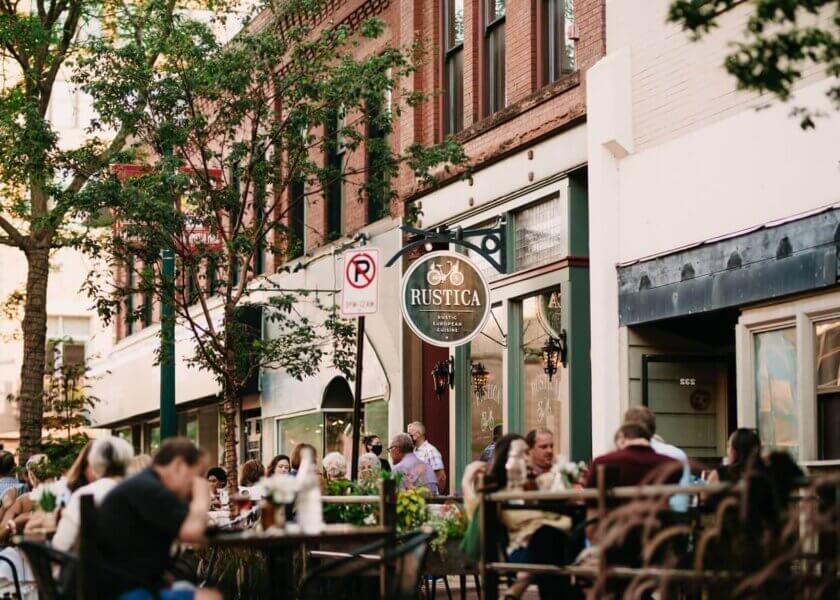
Kalamazoo had easy rail access to cities like Chicago and Detroit. (Kalamazoo Downtown Partnership)
Today, Michiganders seem to care most about Kalamazoo when it comes time for Bell’s seasonal release of Oberon. But the city has a rich historic tapestry of other industries you might not have known.
MICHIGAN—If you’ve ever visited Kalamazoo, you know the city sometimes has an “industrial” odor. But as locals will tell you, that’s just the smell of money being made.
Kalamazoo is filled with factories—and it’s an industrial legacy that didn’t grow overnight. Back when railroads were a dominant form of transportation, the city made a name for itself as the “Crossroads of Southwest Michigan.” Kalamazoo had easy rail access to cities like Chicago and Detroit, but also to the smaller rural communities across the state. And those railroads paved the way for lots of big business to develop.
Here’s a look at the once-prominent moneymakers of Kalamazoo:
Celery

Michigan ranks second in the country, just behind California, for celery production. And at one time, Kalamazoo was known as the “Celery Capital” of the state, though the crop—and the farmers who harvest it—have since taken a backseat in the city’s economy.
As settlers moved into southwest Michigan in the 1800s, they brought their own agricultural ideas—among them celery. Scottish immigrant George Taylor is often credited with growing Kalamazoo’s first celery, using seeds he brought with him when he immigrated to the US.
According to legend, Taylor convinced the Burdick House hotel to place his celery on the menu, free of charge, for a high-society banquet in 1856. The crop quickly gained popularity, and within the next year it was a fixture of many Kalamazoo family dining tables. Other individuals—including Joseph Dunkley, Cornelius De Bruin, and Glenn Douglass Stuart—have also been credited with the official “start” of Kalamazoo’s celery industry.
Over the next several decades, Kalamazoo would earn its title as the “Celery Capital.” But prosperity didn’t last. With the city’s growing paper mill industry lowering the region’s water table, competitors from other parts of the country began to outpace Kalamazoo in the 1950s.
Many farmers switched to growing flowers, officially shifting Kalamazoo’s main agricultural product to flowers instead of celery—though plenty of celery is still grown across the region.
Gibson Guitars

If you listen to music, chances are you’ve heard a Gibson Les Paul guitar. It turns out the famous guitar’s namesake—and for a while, the guitars themselves—came from Kalamazoo.
Among the 10,000 people who lived in Kalamazoo in the 1870s was Orville Gibson, a local store clerk who reportedly spent his free time hand-crafting mandolins. Working totally alone, he was said to have only produced about seven high-quality string instruments per year.
Despite his lack of formal training, Gibson was a visionary. He patented a new style of mandolin and guitar that followed a violin design. His unique patent became popular among musicians because they were more durable, and produced a much louder sound than the other fretted instruments of the day.
In 1902, five Kalamazoo businessmen approached Gibson with an offer to create a manufacturing facility for his instruments. The Gibson Mandolin-Guitar Manufacturing Co. formed in 1904, and the company relocated its operations to 225 Parsons St. in 1917.
In the 1920s, Gibson was among the first manufacturers to experiment with electric guitars, years before it would become popular. In the 1930s, the “Kalamazoo” line of guitars helped keep the company in business during the Great Depression. And in the 1940s, the “Kalamazoo Gals” manufactured nearly 25,000 guitars, including the Gibson Banner in WWII.
The guitar line expanded to include the ever-popular Les Paul guitar in 1952, which was named after a popular musician of the decade. Gibson’s curiously shaped Explorer and Flying V guitars did not sell well initially, but became popular in the late 60s and early 70s.
Gibson moved its production facilities to Nashville, Tennessee between 1976 and 1984. The factory on Parsons Street was bought by Heritage Guitars, a smaller operation that still keeps Kalamazoo’s long standing tradition of quality, handmade guitars alive and well today.
Checker Cabs

When you think of Checker Cabs, you probably think about New York City. But these cars didn’t come from the Big Apple. They came from Michigan—another Kalamazoo Original.
Russian immigrant Morris Markin founded the Checker Cab Manufacturing Corp. in Chicago in 1922. And just a few years later, he shifted most of his operations to Kalamazoo, which then offered two newly vacated automobile plants for the company to assemble its cabs.
In 1929, Markin bought Chicago-based Yellow Cab Company and continued to expand operations and improve the efficiency of his assembly lines in Kalamazoo. Business boomed, and at its peak, the Checker Cab Company was producing over 100 vehicles a day.
And they weren’t just any cabs. Checker Cabs were known for their comfort and reliability— with urban legends that pre-WWII Checker cabs could last for more than 1 million miles.
The “boxy” design of the 1956 Checker A8 became the iconic Checker Cab look. And by 1965, more than 25% of the country’s cabs were being built in Kalamazoo. The company also expanded during the 60s to include passenger cars and limousines—though they were never quite as popular as the taxis.
Due to rising gas prices and changing federal regulations for fuel efficiency, the Checker Motor Co. was in decline by the 1970s. The last Checker Cab rolled off the assembly line in 1982. New York City’s last street legal Checker Cab fielded its final fare in 1999.
Ten years later, the Checker Motor Co. declared bankruptcy and shut down for good, though the legacy and rich history of Checker Cabs still lives on. Markin Glen Park—which was built on the former homestead of Morris Markin—was named as tribute to his achievements.
Paper

Another one of Kalamazoo’s forgotten nicknames is the “Paper City.” And as you can probably guess, that’s because the paper mill industry used to be a pretty big deal in the city.
The emergence of the industry in the Kalamazoo River Valley likely hinged on three major factors—ample supplies of water, timber, and immigrants who were ready to get to work. The Kalamazoo Paper Co. built the city’s first paper mill in 1867 in the midst of a logging boom.
Through the turn of the century, when Kalamazoo was still a major rail gateway to Chicago and Detroit, other companies such as Bryant Paper Company and King Paper Company also came into Kalamazoo. And by the 1910s, the city had 10 paper mills, with even more paper companies in other nearby towns.
By 1954, the paper industry reportedly accounted for about 32% of Kalamazoo’s industrial output and fueled 24% of its residents’ incomes. That was followed by a rapid decline throughout the 60s and 70s, leaving Kalamazoo’s title of “Paper City” to the history books—though Western Michigan University still helps keep the industrial spirit alive.
Shakespeare Fishing Rods and Reels

Kalamazoo fisherman William Shakespeare Jr.—no relation to the poet—founded the Shakespeare Co. in 1897. The most prominent product was fishing tackle, though it eventually expanded to include a host of other fishing equipment like rods, lines, and baits. A particularly unique rubber frog bait becoming one of the company’s most popular products.
In 1945, Shakespeare started making fiberglass fishing rods, though the company stopped making them in Kalamazoo soon after. And slowly over the next two decades, Shakespeare eventually moved all of his production facilities to South Carolina, where they remain today.
The site of the old Shakespeare Company at 251 E. Kalamazoo Ave. has since taken on new life as Shakespeare’s Pub, one of the largest bars in the city and a popular destination for Oberon Day. Patrons can still find references to the fishing industry throughout the bar.
Kalamazoo Corset

Back when corsets were in fashion, Kalamazoo dominated the market.
The Kalamazoo Corset Co. (which started as the Featherbone Corset Co. in Three Oaks) opened in Kalamazoo in 1891 and throughout the 1920s produced more corsets than any other company in the world—more than 1.5 million of them every year. The company was also a top employer for women, and at one point employed more than 800 people in Kalamazoo.
But the women there were just as uncomfortable there as the garments they were producing. Women were repeatedly sexually harassed and exploited by their male supervisors and by 1912, the International Ladies Garment Workers Union called for a strike over the unfair treatment.
Organizers instructed the striking workers to avoid violence, leading the workers to sing hymns or enter silent meditation as a form of protest. The non-violent protest didn’t do much to prevent retaliation, and several people were arrested and jailed. Though the financial gains fell short of what the workers wanted, the strike was considered a crucial step forward for employment equality, decades ahead of its time.
Eventually, as fashion trends tend to do, the corset fell out of popularity. In 1922, the Kalamazoo Corset Co. transitioned into the Grace Corset Co. and started making other undergarments like bras and girdles. The company eventually left Kalamazoo altogether in 1957, but the story of courageous women who took a stand at the factory still lives on today.
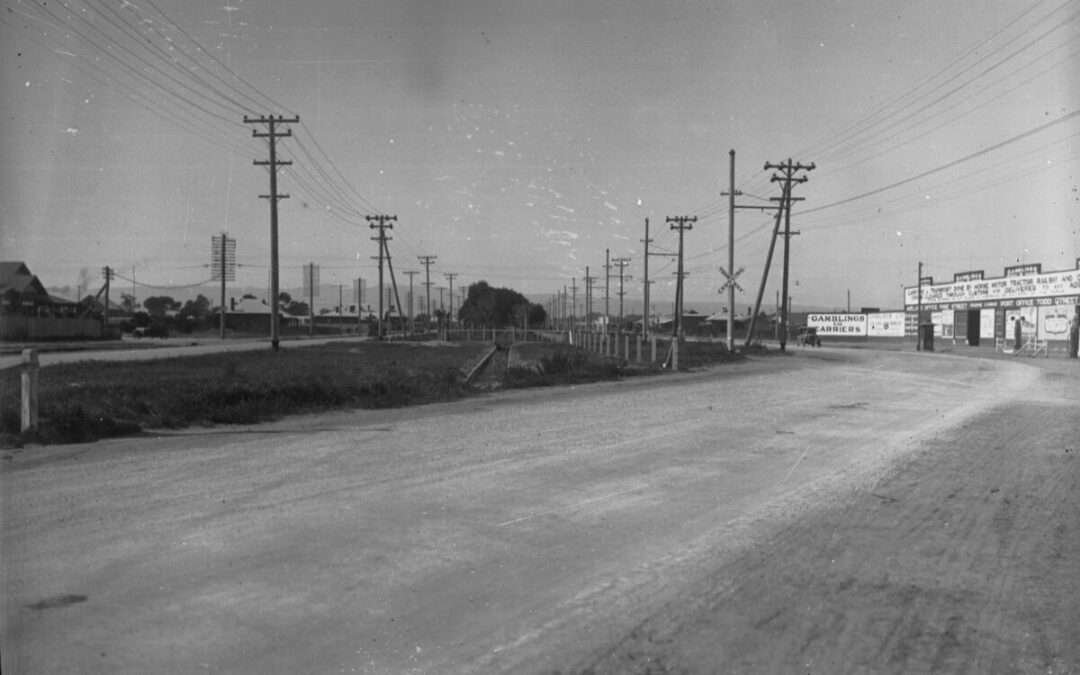
The fascinating histories behind 6 Michigan roads
These Michigan roads trace the state’s defining moments. Have you ever cruised down a Michigan road when, for whatever reason, you really paid...
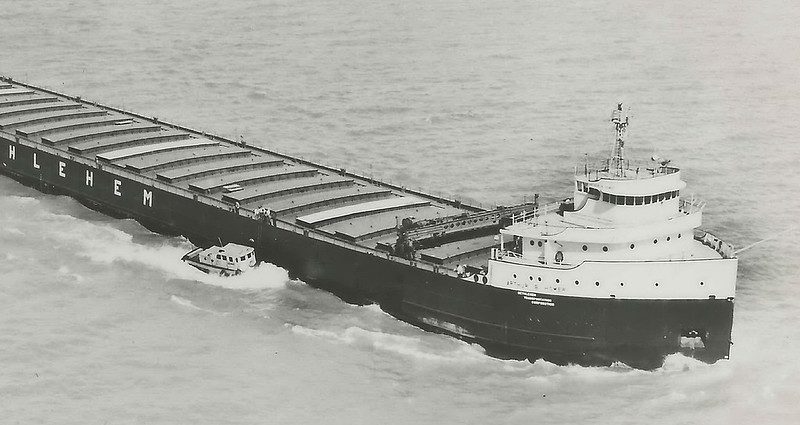
That one time in Michigan: When America’s only floating post office set sail
Does the zip code 48222 ring a bell? Unless you have a loved one working on a Great Lakes freighter, probably not. But if you want to send a love...
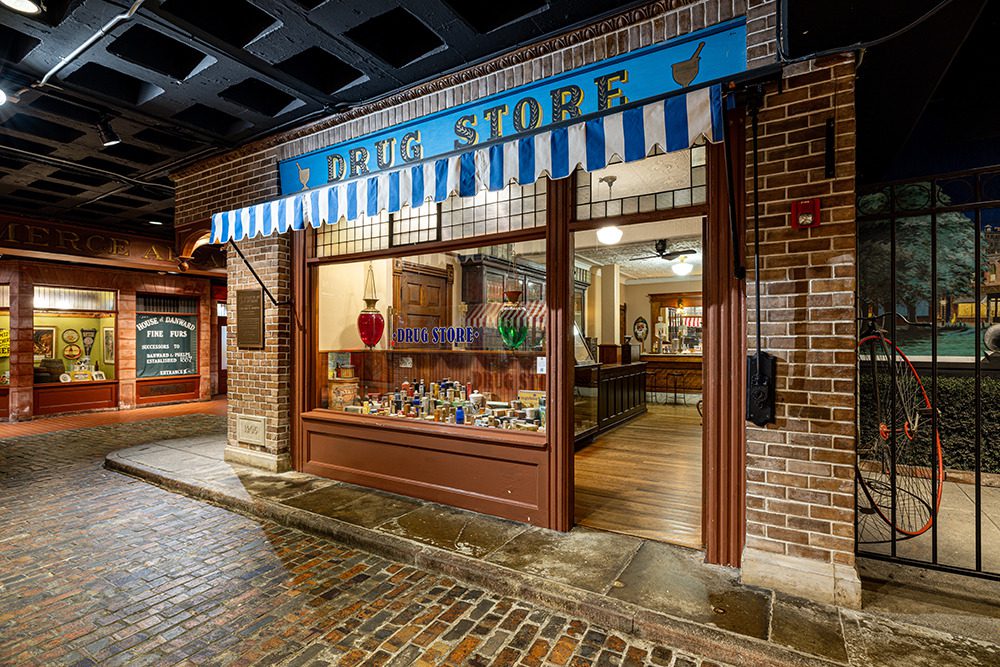
A historian’s guide to living history in and around Detroit
You’ve studied Michigan history, but why not live it? Check out one historian’s guide to the best ways to bring history to life in Metro Detroit....
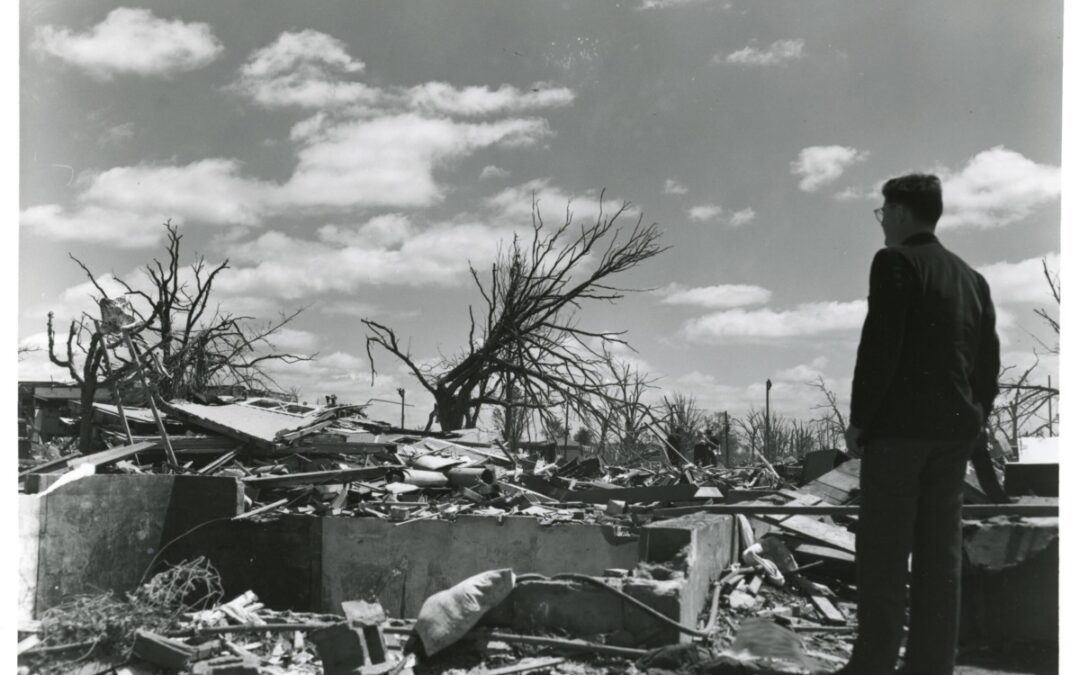
That one time in Michigan: When we had our deadliest tornado
June marked the 72nd anniversary of the deadliest tornado in Michigan’s history. Learn about the Flint-Beecher tornado, its impact, and its lasting...
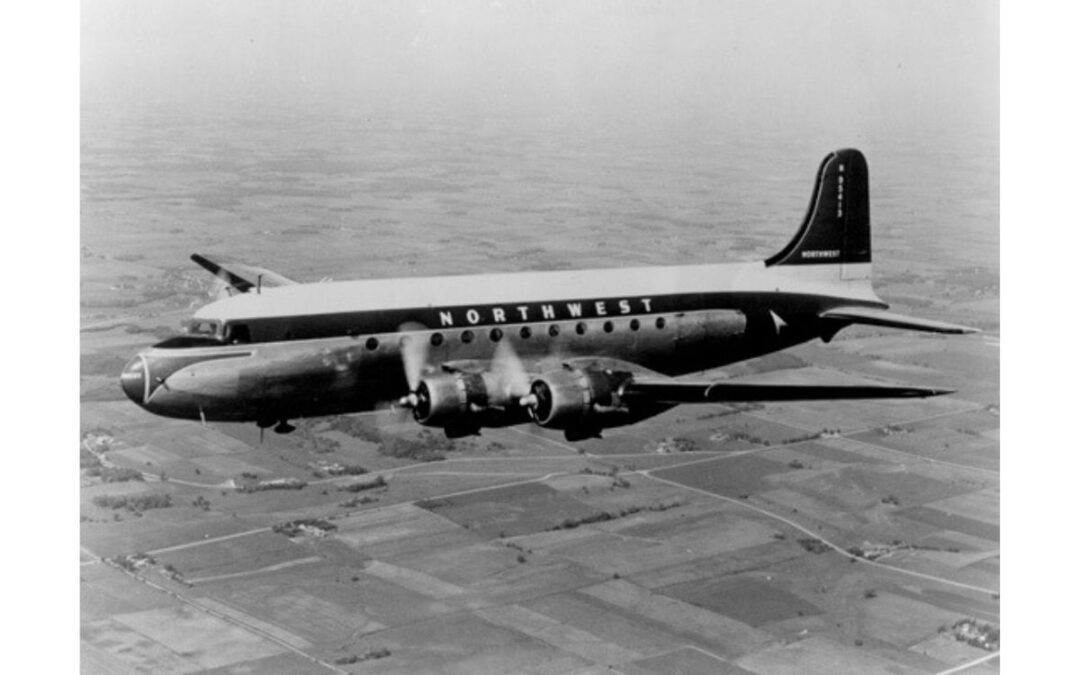
75 years after the then-worst crash in US history, search ends for a plane in Lake Michigan
SOUTH HAVEN, Mich. (AP)—A group is ending a 20-year search for a plane that crashed into Lake Michigan in 1950, killing all 58 people on board,...




